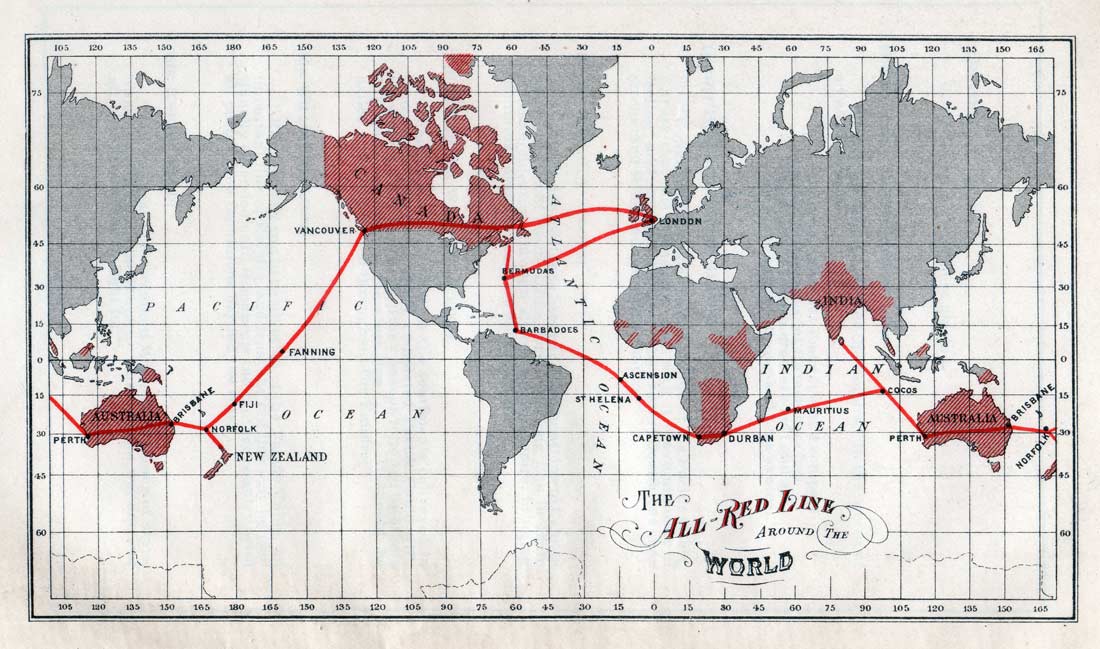 |
| Roger's Diffusion of Innovations Theory |
The order is as follows: Pioneers, Early Adopters, Early Majority, Late Majority, and Laggards. the sixth section of the chart is considered the "long tail", which consists of those who never adapt to an idea. When looking at the initial radios with tuners, we can determine each demographic of each section by looking into the history of its development.
 |
| Erst Alexanderson |
Pioneers are the visionaries who develop a product or idea despite others' reactions. In this case, the pioneers of radio technology would consist of both Gugliemo Marconi and Ernst Alexanderson. Guglielmo Marconi initialized the idea behind radio transmission across considerable distances and founded the first embodiment of antenna structures that allowed for wireless communication. Alexanderson then theorized his own hypothesis and streamlined the process of being able to locate specific frequencies.
The Early Adopters of Ernst Alexanderson's ideas would include the United States military. During the development of tuned radio frequency receiving, the world was in the midst of World War 1, in which there was a need for wireless transmission. This was important for both national security and efficiency, as ground communication was slow and insecure.
Early MajorityThis demographic would consist of average US citizens adapting the technology into their homes for casual and commercial use. People realized the potential for advertising and entertainment with the ability to listen to a specific frequency. Many households were owners of radios with TRF receivers.
Late Majority
By this point, many people have adopted and used tuning technology. It is common to see in households, restaurants, and many other common places. It became a staple for each family to have, similar to how landline phones were in more modern times.
Laggards.This group of people consists of those who were not initially apt to jump onto the growing trend. One major reason behind this is the difficulty and learning curve that came along with beginning to use tuning technology. Many citizens were not aware of how to properly align each amplified signal, and because of this many members of society chose not to adopt the new technology until it was being used consistently.


















